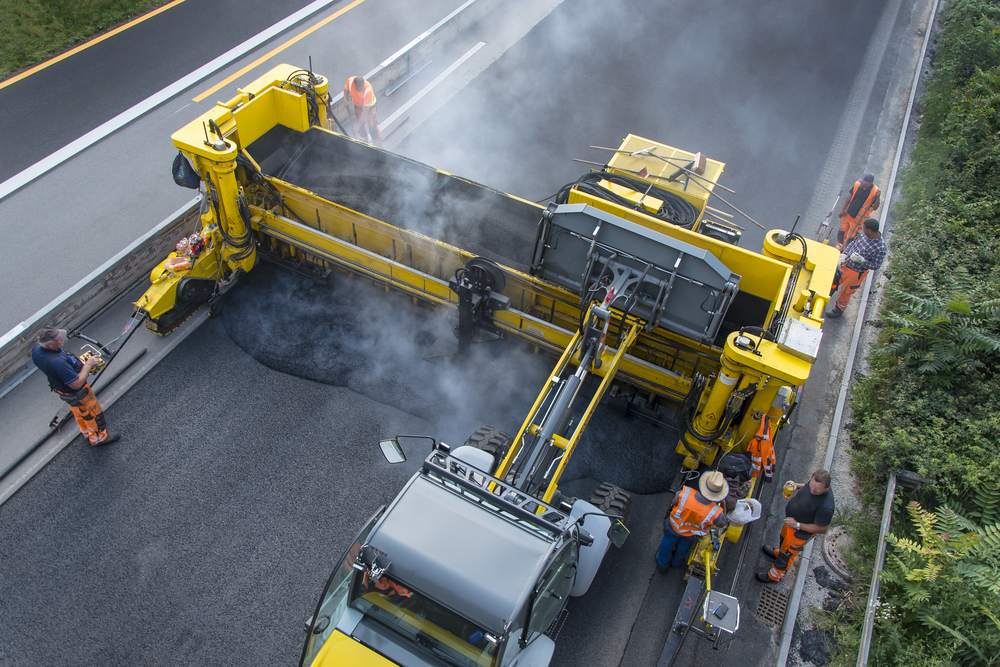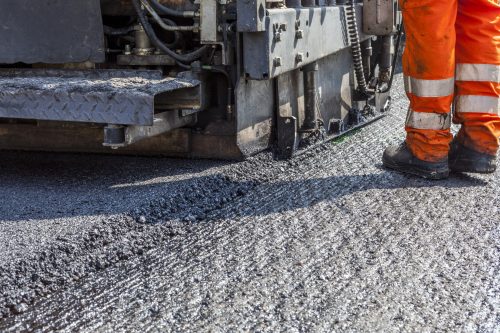Not known Factual Statements About A1 Professional Asphalt & Sealing Llc
Not known Factual Statements About A1 Professional Asphalt & Sealing Llc
Blog Article
The Definitive Guide for A1 Professional Asphalt & Sealing Llc
Table of ContentsHow A1 Professional Asphalt & Sealing Llc can Save You Time, Stress, and Money.Get This Report about A1 Professional Asphalt & Sealing Llc4 Easy Facts About A1 Professional Asphalt & Sealing Llc ShownA Biased View of A1 Professional Asphalt & Sealing LlcThe 20-Second Trick For A1 Professional Asphalt & Sealing Llc

The oil in a car engine is not just oil. The REOB contains all the additives that were in the waste oil as well as the wear steels from the engine (primarily iron and copper).
By making numerous blends making use of various REOB examples and different asphalt binders, the variants largely can be averaged out. Several States gave samples of well-known REOB composition to TFHRC researchers, that examined the examples to compare the percentage of added (recognized) REOB to the located (checked) quantity. The analyses showed a comparable percentage of added and located REOB.
Getting The A1 Professional Asphalt & Sealing Llc To Work
None of those States realized that the asphalt they were acquiring included REOB. One State insisted its samples had no REOB - https://www.tumblr.com/a1asphaltseal/748214668409044992/the-a1-professional-asphalt-sealing-llc-family?source=share.
Of the 1,532 samples examined, 12 percent contained REOB, and some contained appreciably high levels of it at 1020 percent. The highest degree was 34 percent in an example from Texas, which TxDOT had made use of in a patching substance. This screening also exposed the visibility of phosphoric acid in 11 percent of the samples, and 2 percent consisted of ground tire rubber.
2 years earlier at TRB's annual meeting, the Federal scientists held an REOB workshop and provided the searchings for of their laboratory evaluations to a standing room-only group. Some firms do not particularly outlaw REOB, they do enforce physical tests that avert its useeffectively a ban. Others do not outlaw it by specification, but have contracts with asphalt providers to stay clear of using REOB
Examine This Report on A1 Professional Asphalt & Sealing Llc
Ohio and Texas limitation degrees to much less than 5 percent of the asphalt. To develop a reputable test method that all States can use, the TFHRC scientists set up a round-robin examination plan.
The participants are evaluating the examples independently using the standards provided by the TFHRC scientists. The result will be a recommended AASHTO test technique that any State can take on and use.
The pavement with REOB, which lies 0.6 mile (1 kilometer) from the pavement without REOB, has identical subgrade, web traffic density, and environment. However, the section of Highway655 with 5 to 10 percent REOB revealed considerable fracturing. In this their explanation example, the existence of REOB was the recognized source of breaking at a low temperatures.
"In our experience in copyright, even tiny amounts of 23 percent can be a trouble." Similarly, an area of test pavement in Minnesota (MN1-4) discovered to have REOB also cracked prematurely. The pavement carried out well for the first 3 to 4 years, however then started to crack. This sidewalk is also based on low temperature levels.
All About A1 Professional Asphalt & Sealing Llc
The examinations were not extensive, however they revealed that at degrees of 6 percent or even more, the tensile toughness of the asphalt dropped significantly. At a degree of 3.5 percent REOB, the variant in the physical test techniques was higher than the impact of REOB. As a matter of fact, it was hard for researchers to evaluate whether REOB existed.

One binder parameter taken into consideration is the difference in between the reduced temperature vital spec temperature level for stiffness (S) in the flexing beam rheometer and the flexing light beam rheometer creep slope (m-value) noted as Tcritical. Two independent study teams, one from AASHTO and the other from the Asphalt Institute, wrapped up that even more research study is required on the use of REOB in asphalt.
Formerly, all asphalt testing gauged engineering properties such as stiffness. These examinations do not reveal what materials had actually been included to the asphalt. One example received during the TFHRC research study had a really odd analysis. The example had the complying with examination outcomes: Superpave PG 64-28 with a heat quality of 67.3 Tcritical on the bending beam of light rheometer was 6.7 degrees Celsius.

Little Known Questions About A1 Professional Asphalt & Sealing Llc.
These results demonstrate there are weak points in the standard design testing protocols that might be exploited. The producer might have a financial benefit and the product passes all the standard tests, but the item might not be helpful to ensuring long-term efficiency. To address this problem and the development of new asphalt ingredients and extenders, TFHRC is starting a research program to utilize portable spectroscopic devices, x-ray fluorescence spectroscopy, and Fourier change infrared spectroscopy to enable evaluations to be performed in the field rather than needing to take examples back to the lab.
Report this page